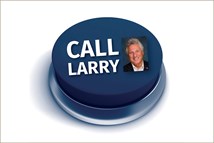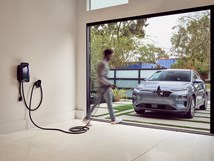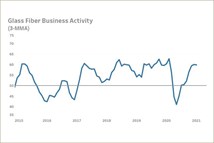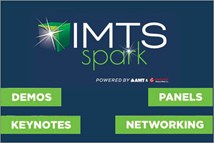Tesla’s Autopilot Feature Deemed Partly to Blame in Fatal Crash
The U.S. National Transportation Safety Board has concluded that Tesla Inc.’s semi-autonomous Autopilot feature was partly to blame for a crash 15 months ago that killed one of the carmaker’s customers.
#legal #regulations
The U.S. National Transportation Safety Board has concluded that Tesla Inc.’s semi-autonomous Autopilot feature was partly to blame for a crash 15 months ago that killed one of the carmaker’s customers.
The U.S. National Transportation Safety Board has concluded that Tesla Inc.’s semi-autonomous Autopilot feature was partly to blame for a crash 15 months ago that killed one of the carmaker’s customers.
The technology worked as designed, NTSB says in a 500-page report. But it faults Tesla for allowing the driver to use the feature—which can steer, brake and accelerate the car automatically—under conditions beyond its abilities.
“System safeguards were lacking,” adds NTSB Chairman Robert Sumwalt. He says the Autopilot system warned Brown seven times that his hands weren’t on the wheel. But each time Brown was able to touch the wheel briefly to continue automated driving.
Driver Joshua Brown, an ardent Tesla fan, had been operating his Tesla Model S in automatic mode for 37 minutes at about 74 mph before it crashed into a truck turning across the road, according to the report. Brown made no effort to brake or evade the truck. There was no evidence that he was distracted by a cell phone or under the influence of alcohol or drugs.
Data show Brown had his hands on the wheel for only 25 seconds during the 37 minutes before the crash. He was not, contrary to the trucker’s assertion, watching a video at the time.
Brown’s parents issued a statement through a law firm declaring Tesla blameless for the crash. It isn’t clear whether the company reached a settlement with the family.
RELATED CONTENT
-
Feds Probe Another Tesla Crash Involving Autopilot Feature
Federal investigators are looking into another crash involving a Tesla Model S electric sedan that was operating in semi-autonomous mode.
-
Tesla Maxes Out on Tax Credit as U.S. Sales Reach 200,000
Tesla Inc. says it will deliver its 200,000th electric vehicle in the U.S. this month, thereby triggering a phase-out of the $7,500 federal tax credit its vehicles have enjoyed.
-
Carmakers Ask 10 States to Help Bolster EV Sales
Carmakers are asking for more support for electric cars from states that support California’s zero-emission-vehicle goals, Automotive News reports.








